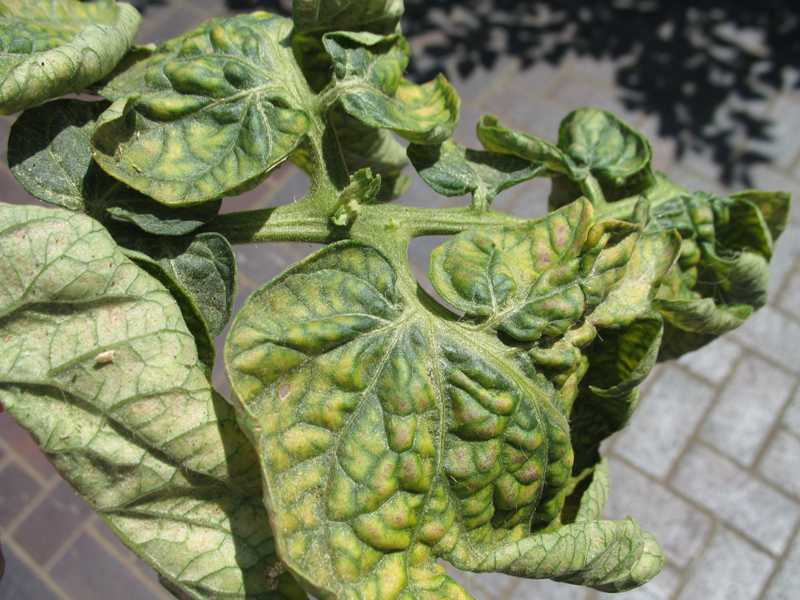 |
A heavy spider mite infestation (Acari) caused the curling, distortion, yellow patches and bronzed patches on the leaves of this tomato plant (Lycopersicon) |
Spider mites are very common pests of outdoor plants. The mites suck juices from the plants, causing the plants to look dull and unhealthy. Mites also cause plants to lose vigor so that they may be unable to overcome a severe infestation, resulting in the plant's death. In Missouri, the most common outdoor spider mite is the two-spotted spider mite. The spruce spider mite infects conifers such as spruce, juniper, and arborvitae. They are less than 1/60th inch in size and difficult to see without a magnifying lens. They are not insects but rather a member of the spider family in which all members have eight legs.
Symptoms and Diagnosis
Spider mites are among the most ubiquitous of pests, attacking a wide variety of field, garden, greenhouse, nursery, and ornamental plants, as well as several weed species. Infestations of two-spotted spider mites result in the bleaching and stippling of leaves. Severe infestations may cause entire leaves to become bronzed, curled, and completely enveloped in sheets of webbing. Damage to the foliage may result in leaf drop and reduction in the overall vitality of the plant. When a leaf or branch is tapped over a white sheet of paper, the mites appear as small specks that resemble dust or pepper and may be seen to move.
Life Cycle
Adult female spider mites overwinter under loose bark, in cracks in the soil, in leaf litter, and in other protected places. In the spring, adults emerge and begin laying eggs. Each female typically deposits 70 eggs and lives for only 30 days. Eggs hatch in 5–7 days. As many as 10 generations may occur each year. The young look similar to the adults, but newly hatched young have only six legs and do not possess the characteristic dark spots on the back. Reproduction of the two-spotted spider mite is favored by hot, dry conditions, so serious damage is likely to occur in mid-July to September. The spruce spider mite is most active durng cooler weather in Spring and Fall.
Integrated Pest Management Strategies
1. Knock mites off plants with water. Spraying with a strong stream of water (particularly the undersides of leaves) will provide some control. Spray plants frequently to control future buildups. For severe infestations, affected plants or plant parts can be removed and destroyed. There are several natural predators that feed on spider mites. The use of chemical insecticides to control other garden pests can result in the death of these beneficial insects and a subsequent increase in the population of spider mites.
2. Use insecticidal soap. Insecticidal soaps specially formulated to kill insects and not damage plants are effective if used frequently until the problem is under control.
3. Use superior horticultural oil sprays. Highly refined oils sold as superior or horticultural oils are also very effective in controlling spider mites. The oil suffocates the mites. Unlike dormant oils, these oils are highly refined and under proper conditions, can be applied to plant foliage without damage. Follow label directions to avoid damage to some plants that may be sensitive. Superior oils are considered nontoxic and are less likely to kill beneficial insects.
4. Use chemical insecticides or miticides. A very safe product made from the seeds of a tropical tree is called Neem. It is commercially available under the name Margosan-O. Other chemical controls include malathion, bifenthrin, cyfluthrin, and kelthane. Be sure to follow all label directions when using pesticides. Many pesticides are very harmful to bees and fish when used improperly.
Organic Strategies
Strategy 1 is a strictly organic approach. For organic approaches to Strategies 2 and 4, consult the Organic Materials Review Institute (OMRI™) for appropriate insecticidal soap, Neem and miticide products.
More images:
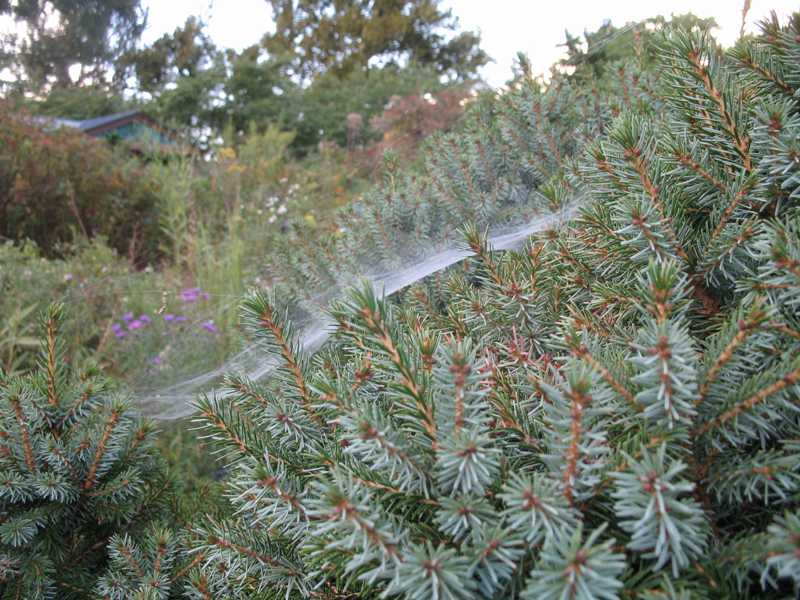 |
| Webbing like this is NOT from spider mites (Acari). This kind of webbing indicates a spider (Aranae) is nearby; all spiders are beneficial predators. |
|
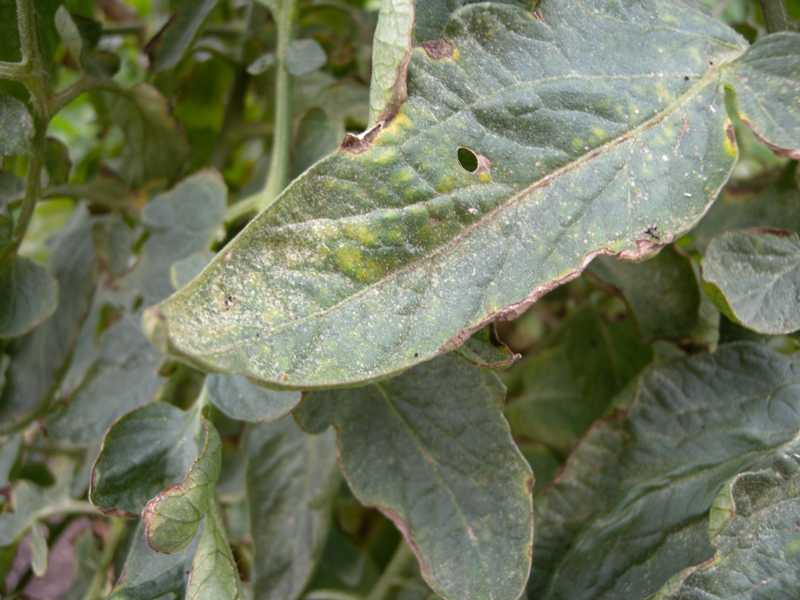 |
| Spider mites on tomato (Lycopersicon 'Livingston's Paragon' |
|
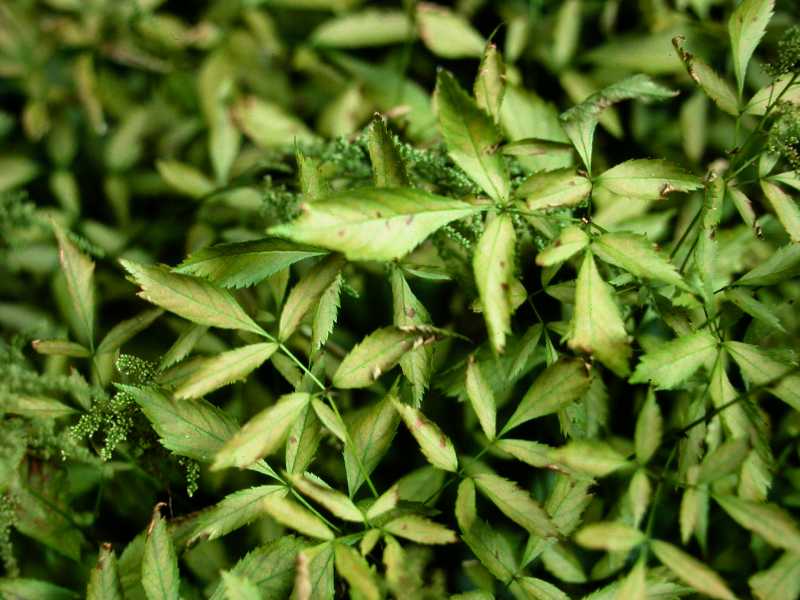 |
| The bleaching and discoloration of the leaves on this astilbe (Astilbe) was caused by spider mites (Acari) |
|
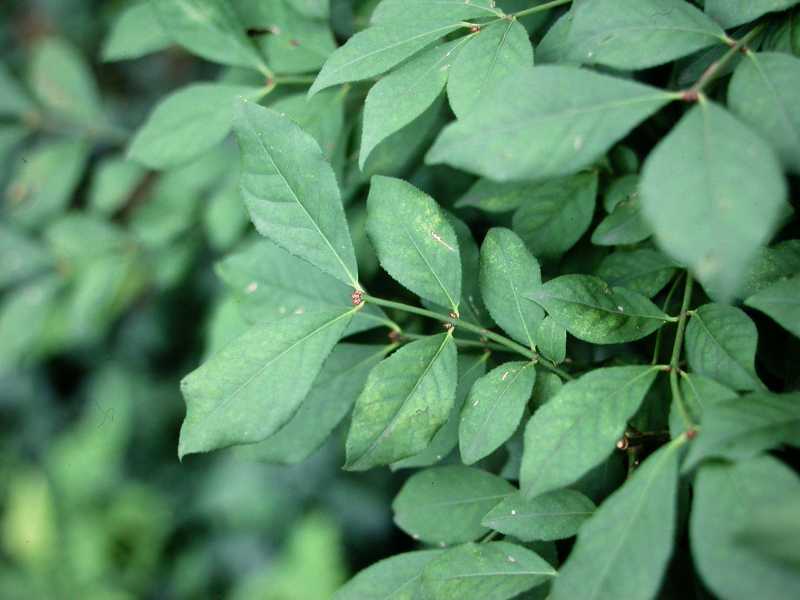 |
| Spider mites (Acari) caused the bleaching and stippling of some leaves on this burning bush (Euonymus alatus) |
|
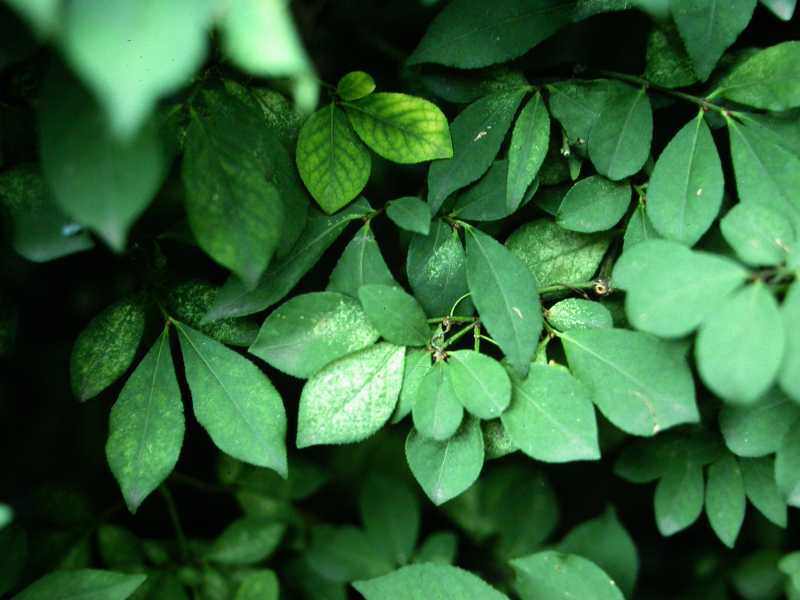 |
| Spider mites (Acari) caused the stippling on the leaves of this burning bush (Euonymus alatus) |
|
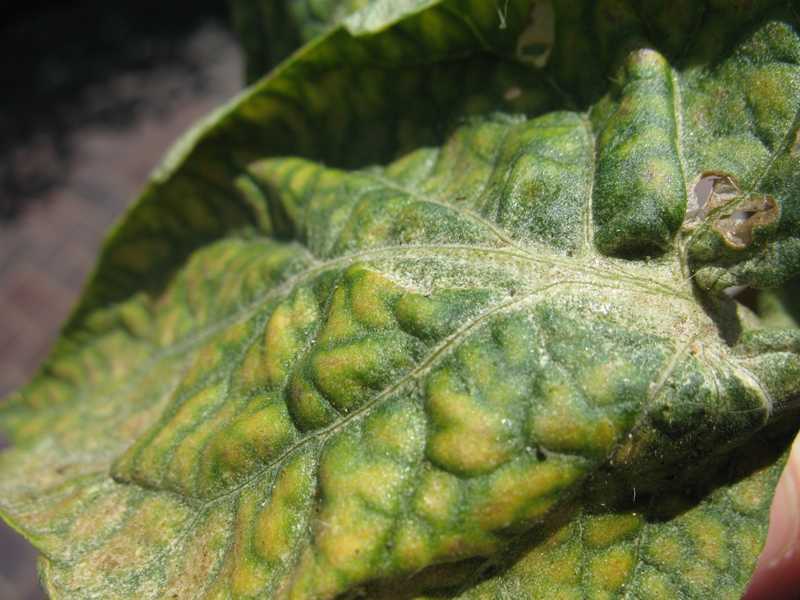 |
| Close-up of heavy spider mite infestation (Acari) on upper surface of tomato leaves (Lycopersicon) |
|
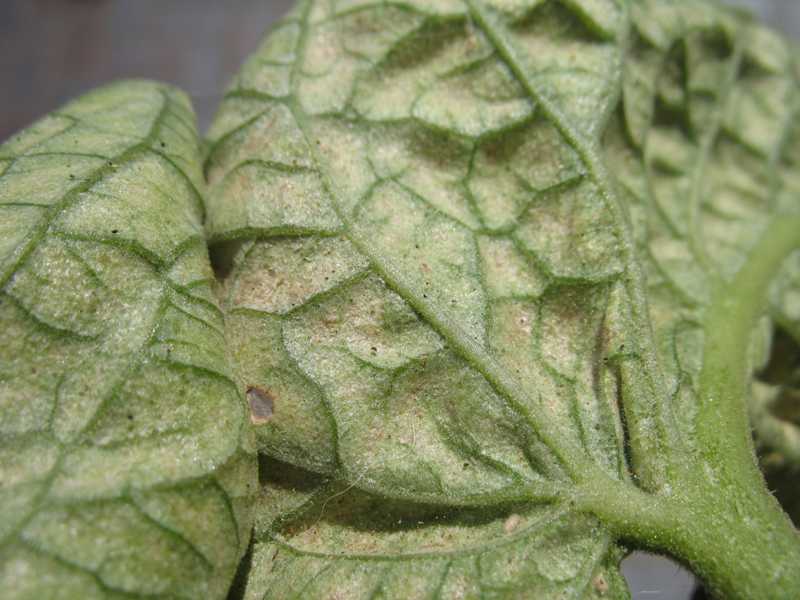 |
Close-up of heavy spider mite infestation (Acari) on underside of tomato leaves (Lycopersicon)
|
|
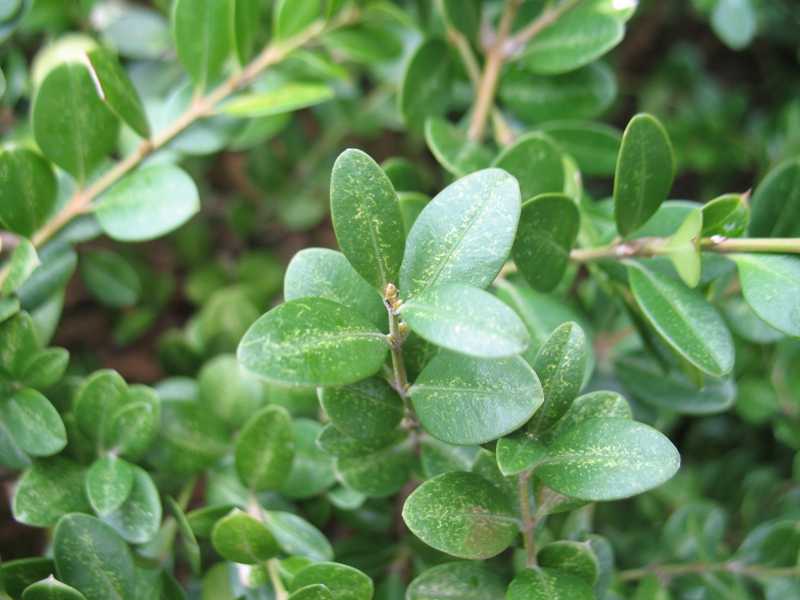 |
| Stippling on boxwood leaves (Buxus) from the feeding of spider mites (Acari) |
|
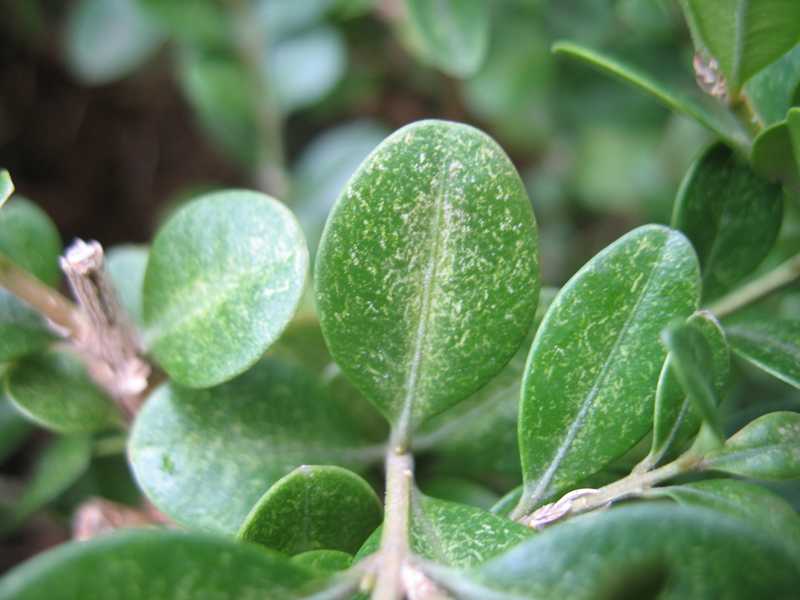 |
| Closer view of stippling on boxwood leaves (Buxus) from the feeding of spider mites (Acari) |
|
|